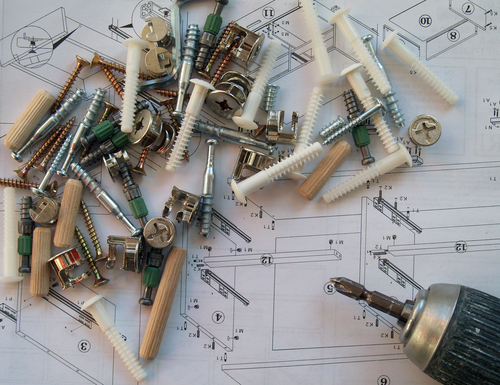All products and services need to perform. They need to do the job they claim they can do. These days the bar for “ease of use” has been raised by an increasingly sophisticated audience. They’ve seen what’s possible. Now, they may have experienced extraordinary customer service from Amazon rather than a bank. They may have enjoyed the pleasure and instant gratification of building web content on WordPress rather than an expensive clunky content management system, but the point is that they have seen what’s possible.
As Farhad Manjoo pointed out in the WSJ yesterday, “as employees began demanding the ability to use the phones, tablets, and apps that we had at home, the most forward-thinking corporations found ways to allow a whole new class of technology onto their networks.” He goes on to opine that ..”if you want to sell technology to CIOs, you can’t forget employees, the people who will actually have to use (my emphasis) your stuff.”
We need to look at our offerings through the lens of our customers. Not just a casual, does it work, but a myopic, step by step journey, the way they would consume your service, your product, your offering. It could be:
- the user interface of your remote -not intuitive
- the ability of the online form to save details – sorry start the form again and scream
- the online appointment scheduler – be patient, give it few seconds and it will eventually bring up the menu
- the mobile version of your web site – look just wear better glasses
- the airline seat designed to allow your elbow to change the channel of your neighbor’s screen.
- in a store, the credit card keyboard hidden under a ledge – look just bend down on one knee and it’s easy to see it
- the 6th grade editorial summary of movies on your download screen – some of the best movies have been murdered by these summaries.
- the microscopic instructions accompanying your Ikea furniture
Do yourself a favor and walk the walk of a user. Put yourself in their shoes and use the product or service in anger. Use it as if you were slightly distracted, because that’s how a customer might use it. Is the experience pleasing? Not just some of the experience, the whole event, from soup to nuts.
If the smaller guy is ever going to beat the bigger guy or if you are going to dominate the competition, think usage. It will differentiate you from the pack. It’s not about more features. It’s about the appropriate number of features, presented in a timely manner. Less is often more. And don’t try to make that first version of the new product usage-perfect! But please, relentlessly monitor, measure, and interact with your customers to improve usage over time. Keep humanity in your product and service.
Like the way we think, you’ll love the way we work. Come to our next event in Salem, MA. Oct 10th, 8.30 to 10.30. Let us explain why aggressive safe growth is called scaling and let’s discuss how you can scale. It’s free and you can sign up here.








